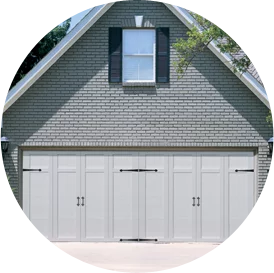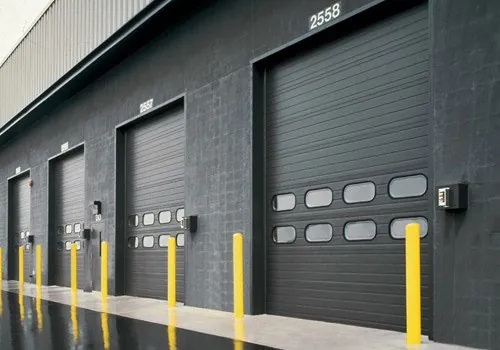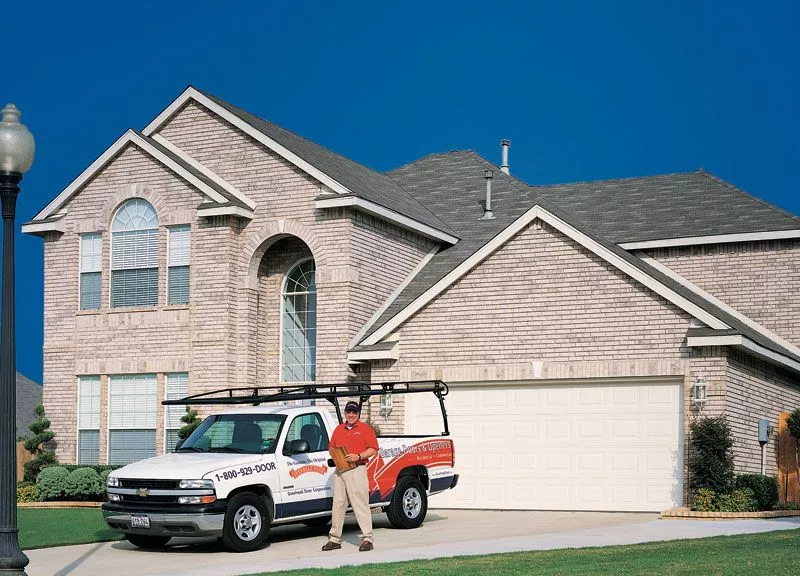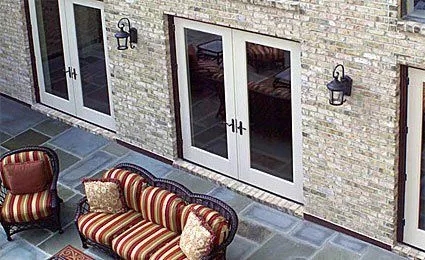You likely already understand the role insulation plays in keeping your home comfortable and energy-efficient: blocking out not just the heat of the outdoors but also moisture, air and sound, keeping draftiness to a minimum and your heating and cooling bills reasonable. But if you’re currently in the market for home insulation, this simple understanding of what insulation is supposed to do may fall woefully short of helping you understand your options. Today, we’ll talk about how home insulation works, what your options look like and how to figure out what insulation you actually need — and where!
The Basics of Home Insulation
Home insulation, in almost every form, works on simple principles. By creating a near-seamless layer of materials that do not easily transfer air or moisture at every exterior point of your house — walls, the attic or roof, crawl spaces, etc. — you can cleanly separate the exterior air of the world from the interior air of your home, except in those places you choose to allow air in.
You can tell you need more home insulation when you can see air or moisture entering or leaving your home in undesired ways, such as when:
- The snow melts on your attic in the winter before refreezing at the edge because your attic leaks heat.
- You have drafts of outside air in your home when the weather is intense.
- Moisture gets in and causes mold growth or pests.
- Your highly efficient HVAC systems still run bills high or fail to keep you comfortable because your house is leaking air constantly.
This is done with big panels in your walls, loose materials in your attic or spray materials that can be stuffed into nooks and crannies, etc. Hence why any well-insulated home tends to use multiple forms of insulation, as you can’t adequately cover every potential leaky spot with the same materials — not while also being time and cost-efficient, at any rate.
Types of Home Insulation
There are countless ways to insulate a home; some are widely used almost everywhere modern homes are built, while others only see use in niche areas, specific industries or particular climates.
- Fiberglass insulation: Widely used insulation, this is the stereotypical pink insulation you’ve seen in walls or attics, though that’s hardly the only form of it in use.
- Cellulose insulation: Plant-derived, often recycled insulation, cellulose is often applied loose or as a wet spray, notable for being good soundproofing.
- Spray foam insulation: Spray foam is a liquid spray, which then dries into an insulating layer, most commonly expanding into a thicker layer, though this depends on the product.
- Rigid foam insulation: Rigid boards of foam paneling are most commonly used in new construction.
- Mineral wool insulation: Known under various specialty names, mineral wool is made of minerals spun into temperature-resistant fibers.
- Radiant barrier insulation: Used in some sunny, high-temperature climates, radiant barrier primarily reflects light and heat, rather than serving as a traditional heat transfer barrier.
Many of these materials break down into further categories based on how they’re being used; fiberglass as a loose-fill material is quite different from fiberglass as blankets or batts (panels).
R-Value and Heat Transfer
When discussing insulation materials, you’ll see discussions of how easy it is to install, how consistently it can protect certain parts of your home and its R-value. This last factor is how well the material — or unit, as it can even refer to assemblies of different materials like windows or walls — actually prevents the flow of heat energy. R-value measures the difference in temperature between both sides of the material, indicating the insulation’s effectiveness at thermal resistance.
Of course, because you can layer insulation to achieve a higher R-value in many cases, achieving effective insulation isn’t always just about choosing the insulation with the best natural resistance to heat. If you can easily stack up a lot of lower-performance insulation in an area, it will outperform a higher-performance material that can’t effectively fill every single nook and cranny for a tight air seal.
Learn More about Home Insulation
You don’t have to be an expert in home insulation to make improvements, fortunately. The basics you’ve picked up here can help you communicate when the time comes to upgrade your insulation. Still, the best help you can get is from experts who understand the intricacies of insulation and will do their best to help you achieve affordable, effective results.
To find out more about your options for home insulation, contact the experts at Overhead Door Company of Greater Cincinnati today. Contact us online or dial 513-394-6938 to get started.









